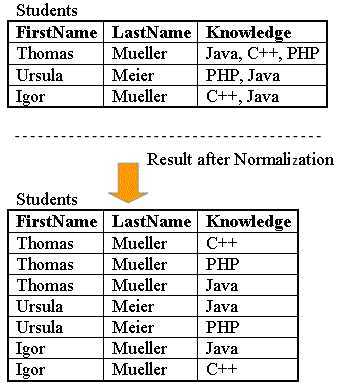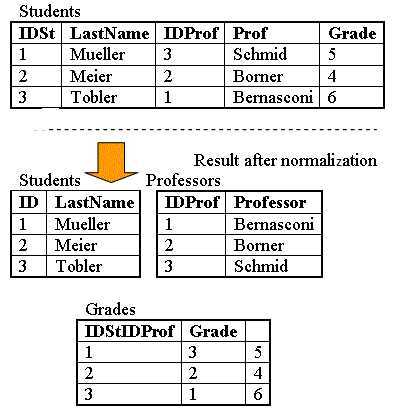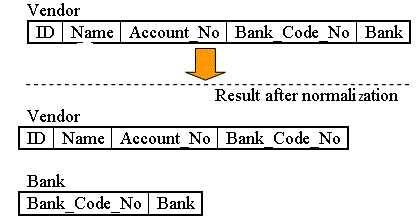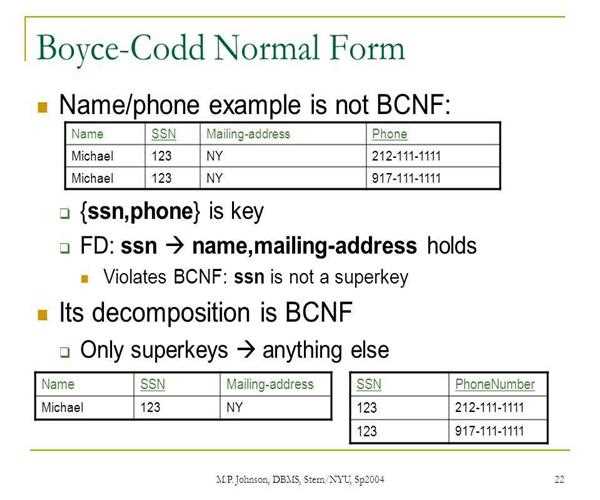“Normalization in Database”
Normalization is a process of organizing the huge amount of data into a database and reduces the dependency of relation table. It divides the large table into multiple sub-parts and links them as a relation.
Types of Normalization
- First normal form(1NF)
- Second normal form(2NF)
- Third normal form(3NF)
- Boyce & Codd normal form (BCNF)
- Fourth normal form(4NF)
- Fifth normal form(5NF)
First Normal Form(1NF) :
1NF describe the concept of atomic value, I mean an attribute of a column can’t have multiple values.

Second Normal Form(2NF) :
A table is said to be in 2NF if follow these conditions-
Table must follow the rule of 1NF (First normal form) and all attributes are dependent on a primary key attribute.

Third Normal Form (3NF) :
In 3NF, a table must follow the rule of 2NF and no any transitive dependency will exist.

Boyce & Codd normal form (BCNF) :
BCNF is the extension of 3NF and for every functional dependency A->B, A should be the super key of the table.

Fourth Normal Form(4NF) :
In 4NF, a table must follow the rule of BCNF and no any multi-valued dependency will exist.


Fifth Normal Form (5NF) :
In 5NF, a table must follow the rule of 4NF and no any join dependency will be allowed.

"Thanks!!! for Reading"